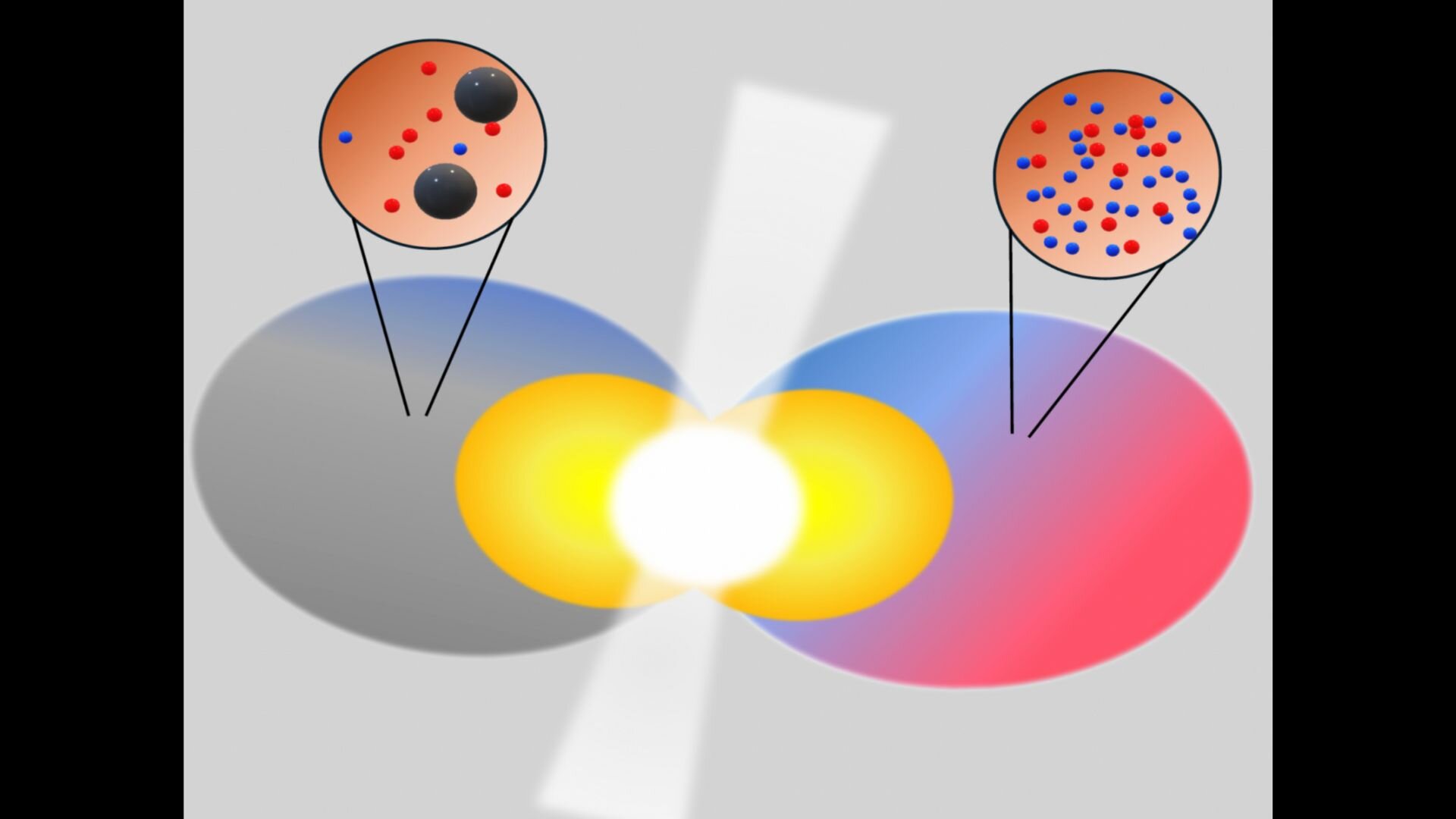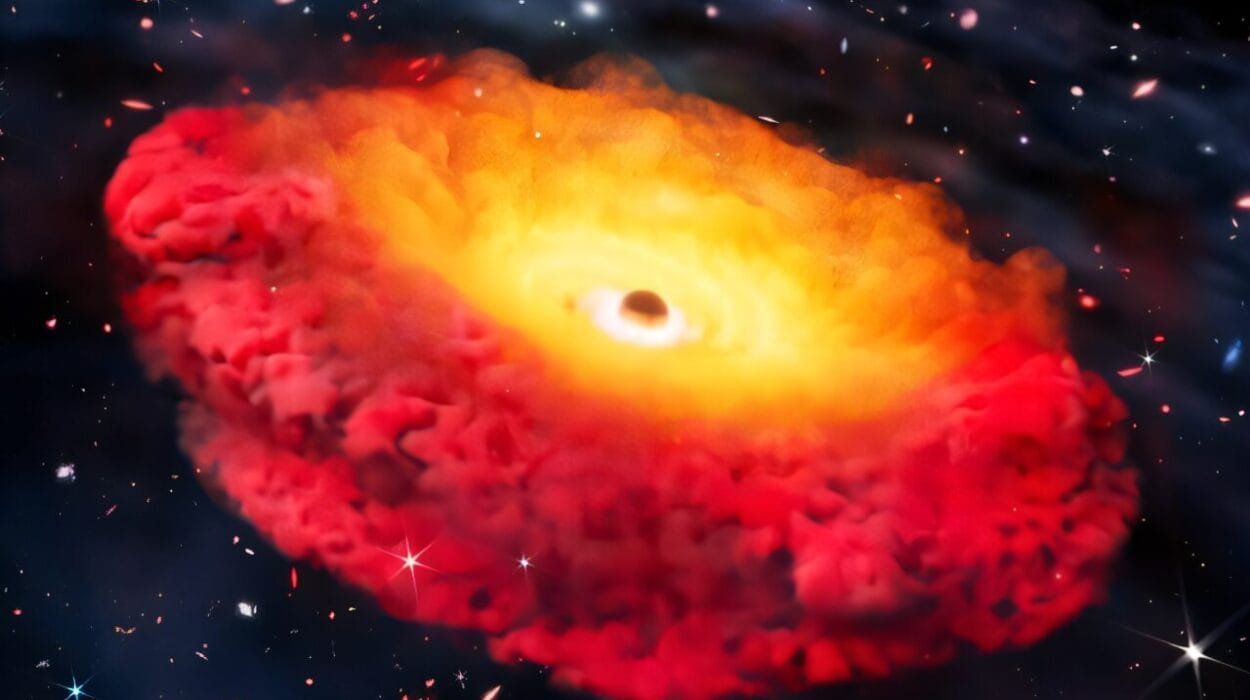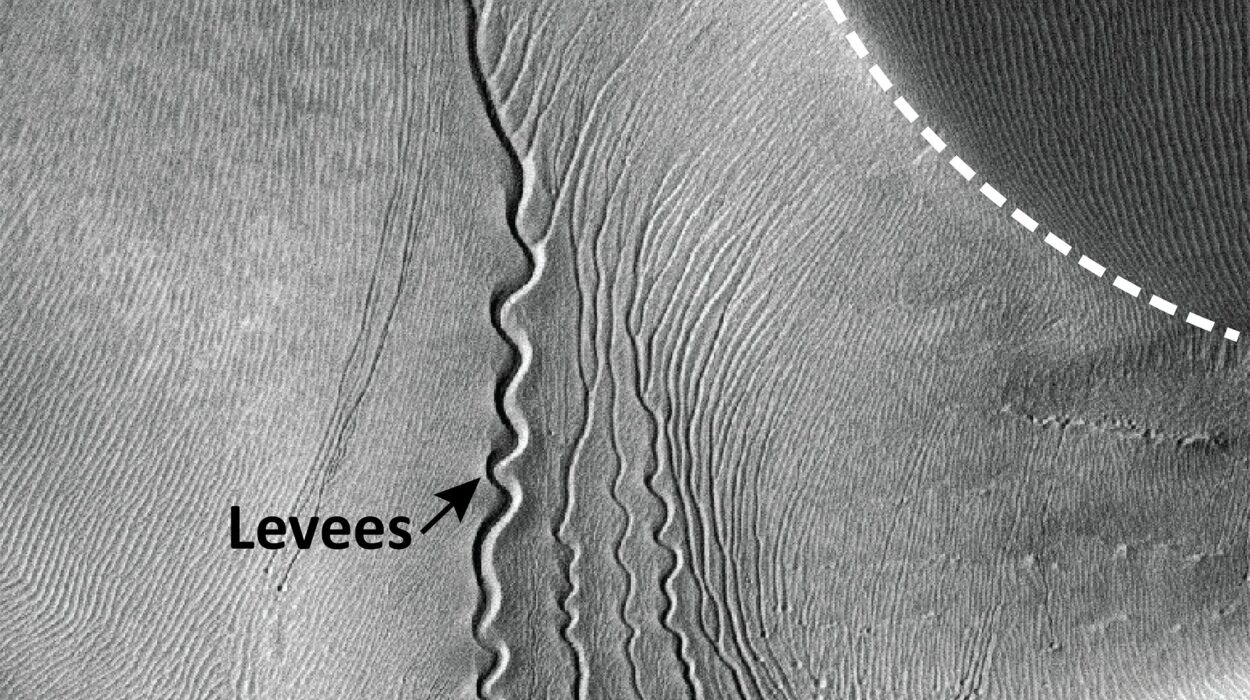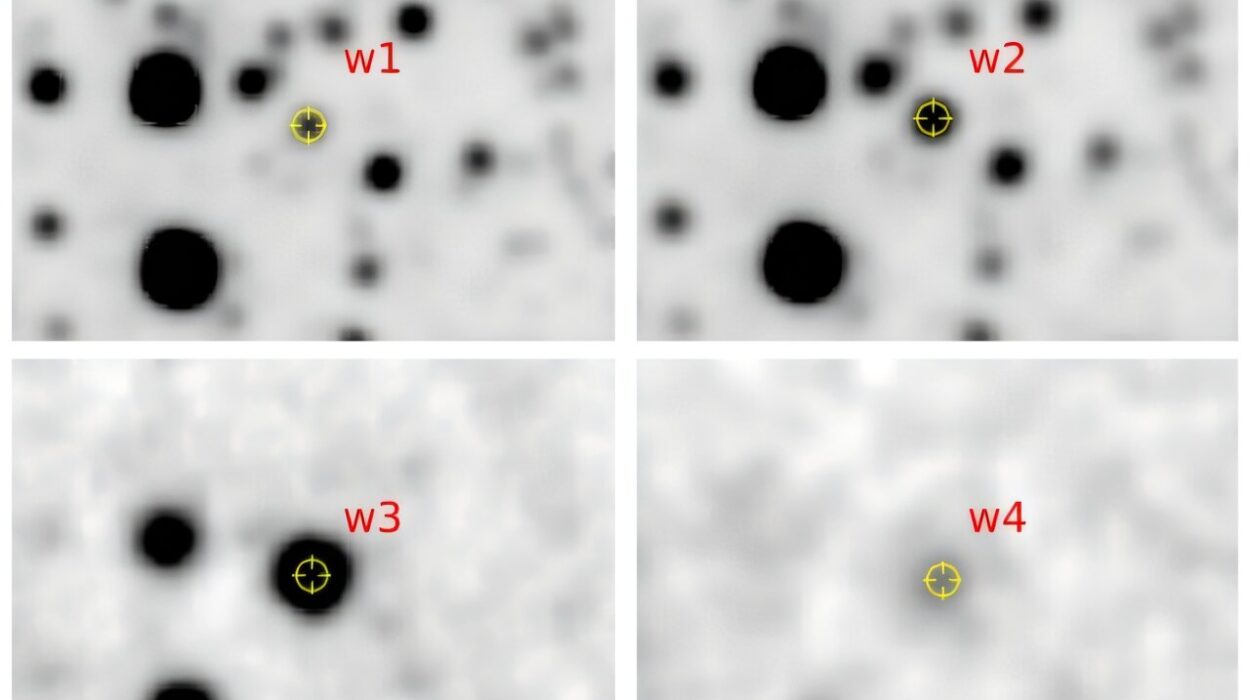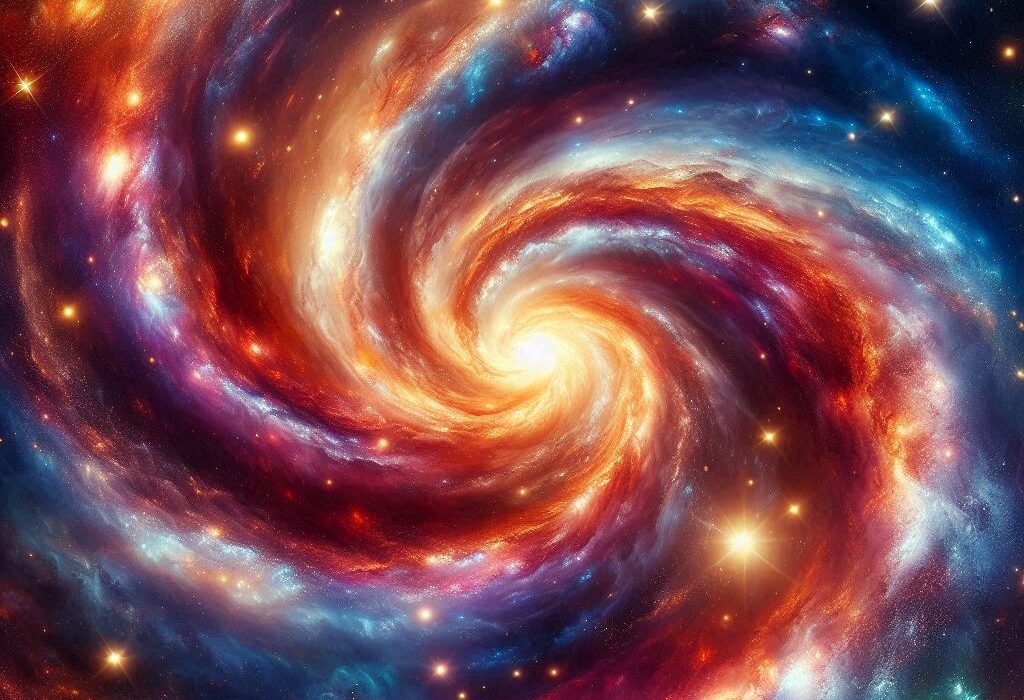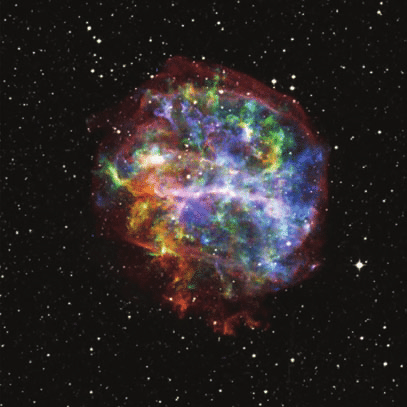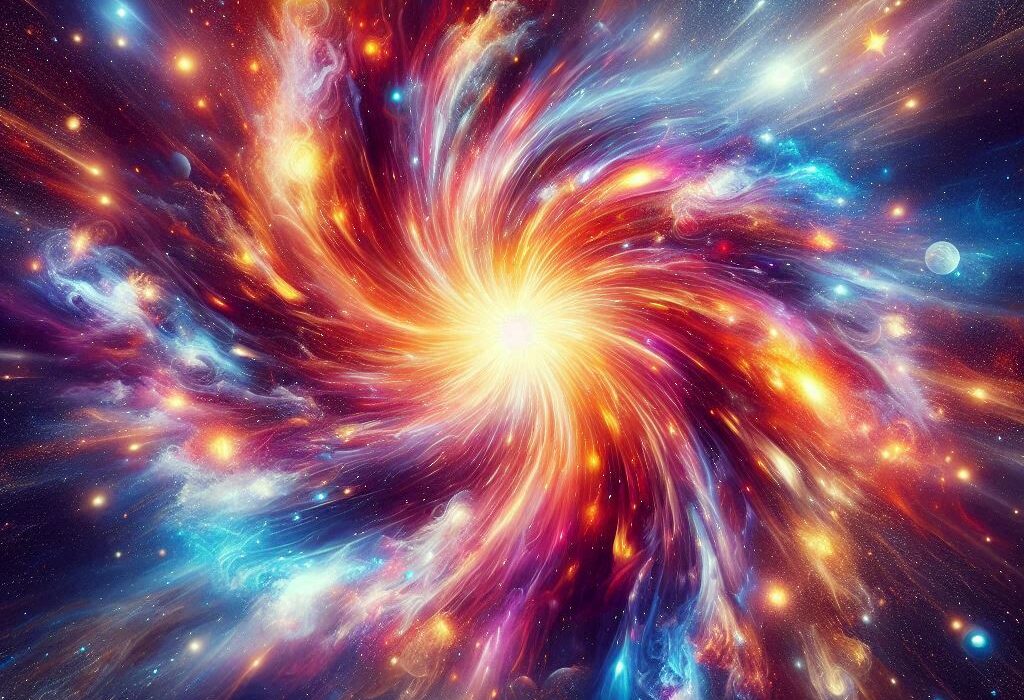For nearly half a century, quark stars have remained one of the most tantalizing mysteries in astrophysics. First proposed in the 1970s, these hypothetical stellar remnants could represent an entirely new form of matter—something stranger than the dense neutron-packed cores of ordinary neutron stars. Yet despite decades of searching, astronomers have struggled to find clear observational evidence that quark stars exist.
Now, a study published in Physical Review Letters has taken a bold step toward solving this cosmic riddle. By modeling what happens when two quark stars collide, researchers may have uncovered the key to distinguishing these elusive objects from their neutron star cousins. Their findings suggest that the aftermath of a quark star merger might look profoundly different from the kilonova explosions we’ve seen before, offering a potential way to test one of astrophysics’ most intriguing hypotheses.
From Neutrons to Quarks
To understand why this study matters, it helps to revisit the basics of stellar death. When massive stars collapse, they can leave behind neutron stars—astonishingly compact objects where a teaspoon of matter weighs billions of tons. In a neutron star, atomic nuclei have collapsed into a sea of neutrons, held together by crushing gravity and nuclear forces.
Quark stars, however, go a step further. In these hypothetical bodies, the neutrons themselves have broken apart into their most fundamental constituents: up and down quarks, and possibly even stranger varieties. This “deconfined” quark matter may be more stable than nuclear matter under extreme pressures, giving rise to an exotic state of matter that lies somewhere between neutron stars and black holes.
The trouble is that quark stars and neutron stars look almost identical from afar. Their masses, radii, and X-ray signatures overlap so closely that even our most advanced telescopes and gravitational wave detectors struggle to tell them apart. That’s why the recent study is so significant: it suggests we may finally have a way to distinguish them—not by static measurements, but by watching them collide.
Lessons from GW170817
The turning point in this story came in 2017, when detectors picked up gravitational waves from GW170817, the first observed merger of two neutron stars. This collision also produced a spectacular kilonova—a cosmic fireworks display powered by the radioactive decay of heavy elements forged in the neutron-rich debris. The event not only confirmed that neutron star mergers can create gold, platinum, and other heavy elements, but also highlighted how much information we can glean from these fleeting signals.
But what if GW170817 had been a quark star merger instead? Would the outcome have looked the same? That question is at the heart of the new research.
Breaking Rocks, Not Melting Gas
Traditionally, physicists assumed that if quark stars collided, their matter would decompress and simply turn back into ordinary protons and neutrons. In that case, quark star mergers would be nearly indistinguishable from neutron star mergers, producing the same neutron-rich ejecta and the same luminous kilonovae.
But Zhiqiang Miao, a postdoctoral researcher at the Tsung-Dao Lee Institute of Shanghai Jiao Tong University, and lead author of the study, questioned this assumption. He likened it to smashing a rock: when a boulder breaks apart, it doesn’t dissolve into individual atoms and molecules—it shatters into fragments, grains, and dust. Perhaps quark matter behaves the same way, fragmenting into stable “quark nuggets” instead of evaporating entirely into protons and neutrons.
If that’s true, the aftermath of a quark star merger could look very different indeed.
The Overlooked Role of Saturation
Earlier models underestimated an important effect: saturation. When quark nuggets are immersed in a sea of nucleons, they don’t simply evaporate indefinitely. At a certain point, equilibrium is reached. Nucleons that escape the nuggets are reabsorbed at the same rate, halting further evaporation.
The new study shows that this saturation sets in astonishingly fast—within 10⁻¹¹ seconds—far quicker than the expanding ejecta can disperse. That means large numbers of quark nuggets could survive intact, dramatically reducing the supply of free neutrons needed to forge heavy elements.
This realization fundamentally changes the picture of quark star mergers. Instead of resembling neutron star mergers, their ejecta might evolve along very different pathways depending on the binding energy that holds quark matter together.
Three Possible Fates of the Ejecta
The researchers modeled the expansion of merger debris, accounting for three critical processes: evaporation of quark nuggets, cooling of the ejecta, and weak nuclear interactions that swap neutrons for protons. Their simulations revealed three distinct outcomes:
- Low binding energy (20–30 MeV): Nuggets evaporate completely, leaving behind a neutron-rich gas. This scenario closely mimics neutron star mergers, producing r-process nucleosynthesis and a brilliant kilonova.
- Intermediate binding energy: Some nuggets survive while others evaporate, leading to a mixed composition. The kilonova signature would be dimmer and chemically different, potentially serving as a fingerprint of quark matter.
- High binding energy (50 MeV or more): Most of the mass remains locked in quark nuggets. The surrounding gas becomes proton-rich and unsuitable for forging heavy elements. In this case, little or no kilonova would occur, leaving only gravitational waves as evidence of the merger.
This three-outcome framework offers a powerful way forward. By comparing real observations of mergers with these predictions, astronomers may finally be able to confirm or rule out the existence of quark stars.
A New Window into Cosmic Matter
The implications are profound. If future gravitational wave events show no accompanying kilonova, it may point to a quark star merger rather than a neutron star one. Conversely, a kilonova with unusual colors or chemical signatures could reveal the fingerprints of quark matter. Either way, the universe itself becomes the laboratory, running experiments that no particle collider on Earth could hope to replicate.
Miao emphasizes that the challenge was not merely performing the calculations but constructing the right physical picture. Once the idea of rapid saturation was considered, the rest of the modeling fell into place. Their results highlight how even subtle physical effects can dramatically alter our understanding of astrophysical events.
Looking Ahead
As next-generation gravitational wave detectors come online and telescopes become more sensitive, astronomers expect to detect dozens, even hundreds, of neutron star–like mergers in the coming decades. Each event will provide fresh data, and with it, the chance to test these new predictions.
If even a handful of mergers lack the telltale glow of a kilonova, it could provide the first convincing evidence for quark stars—objects stranger and more exotic than anything yet observed.
The Human Drive to Know
There’s something deeply human about this quest. Physics often feels abstract, but at its heart it is about curiosity, persistence, and the drive to understand. The possibility of quark stars reminds us that the universe may hold surprises far beyond what our senses can detect. Our role, through creativity and reason, is to uncover them.
In the coming years, as instruments capture ripples in spacetime and flashes of light across the cosmos, we may finally learn whether quark stars are real. The answer will not only reshape astrophysics but also deepen our sense of connection to a universe that never ceases to astonish.
More information: Zhiqiang Miao et al, Equation of State of Decompressed Quark Matter, and Observational Signatures of Quark-Star Mergers, Physical Review Letters (2025). DOI: 10.1103/zklh-27mr. On arXiv: DOI: 10.48550/arxiv.2411.09013
